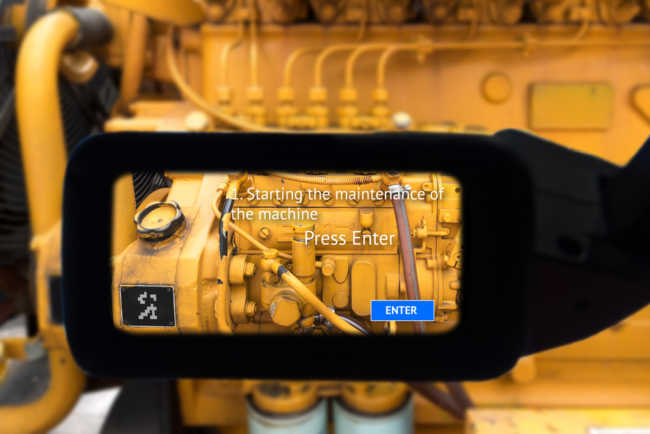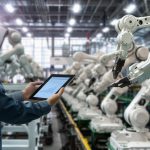Connected Data Will Help Shape Smart Manufacturing of the Future
Connected devices and the subsequent birth of the Internet of Things (IoT) have provided businesses a veritable treasure trove of data to mine, understand, and reapply to their own processes. And thus, the Industrial Internet of Things (IIoT) was born. Most enterprises today have only scratched the surface of what their connected device data can do for them. This is especially true for manufacturers, who have endless pieces of equipment, product and supply chains to manage on a day-to-day basis.
In today’s competitive landscape, there is a great opportunity for manufacturing companies to use the data from their connected devices and adopt and apply machine learning solutions in order to help solve their longstanding pain points of resource planning, machine maintenance, and supply chain management. By using these tools to streamline planning and scheduling processes, businesses are able to avoid downtime and optimize large-scale production.
Companies that effectively utilize their collected data will have the competitive edge everyone is constantly searching for — with machine learning and similar technologies — providing a key differentiator in the race to optimize production and cost effectiveness.
Machine Learning and AI: The Changing Manufacturing Landscape
Like other industries, manufacturing enterprises have a lot to gain from the use of machine learning. For decades manufacturers have faced the same problems – incorrectly forecasting the appropriate amount of resources to have on hand, costly unexpected downtime, and supply chain management issues. While the introductions of different technologies such as connected devices have allowed companies to better understand the challenges at hand, these issues continue to plague the manufacturing industry due to the scale of operations and the unpredictability of maintenance issues. Connected devices and the IIoT help provide manufacturers with the information they need to pinpoint what the problem is, where that problem is located and — with the proper analysis — the best approach to fix it.
While the IIoT has helped manufacturers to create a vast amount of data, until now there has been a lack of processing power that truly allows understanding and utilization of the information being produced. With artificial intelligence backed machines and machine learning, however, there is a new sense of optimism for solving the aforementioned problems once and for all. The beauty of these advancements is their ability to process large amounts of data, notice subtle changes in production, and react accordingly. With the increased capabilities of cloud computing, machine learning algorithms and AI will improve manufacturing planning and resource scheduling by uncovering previously hidden insights.
Enabling these improvements comes from the connection of system devices, aka the IIoT. These connections will continue to open doors to more accurate, real-time information and allow employees on the front lines and above to make in-the-moment strategic decisions. The greater insight and control will give these decision makers more power to make operation improvements. With the IIoT, machine learning, and AI working together, manufacturers will have more control than ever over all their processes from ordering materials to manufacturing products.
Document Control Systems Will Lighten the Administration Load
Before any given manufacturer can move forward with proper insights from the IIoT, they will need to tackle document control. Today, there is software that is playing a major role for manufacturers around the world who are often still dealing with spec sheets being printed as opposed to being fully digital. For example, one manufacturer may have every single item produced include a corresponding, physical spec sheet that is rigorously reviewed by a team of engineers so a change can occur at any moment. The corresponding spec sheet has to be appropriately updated, stored for records, and disseminated to oversight and building teams. When relying on a paper backed system, the amount of time and work it takes to go through this process is enormous since any change, can result in the reprinting of an entire spec sheet/book.
By going digital, manufacturers will have the ability to keep track of updates and approve them in real time. Once complete, spec sheets are instantly stored in a repository viewable by authorized team members.
Digital Advancements Will Change Manufacturing
Overall, as the digital revolution continues, manufacturers will look to new solutions to help solve any long-standing pain points. The IIoT, AI and machine learning, will continue to provide benefits in the long term while document control software will be an instant fix for current processes. More about Connected Manufacturing: What it is and Why it is Important
This article was written by Linda Ding, the Director of Strategic Marketing, Laserfiche. In her role, she leads Laserfiche’s Industry Marketing Group which is focused on the technology trends affecting highly regulated industries such as workflow automation, digital customer service delivery and data analytics.



